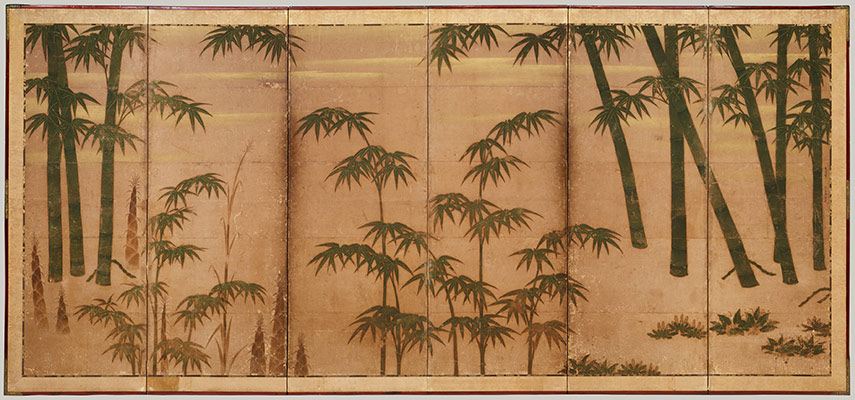A respecting turn in civilization
One of the vital factors helping to support such culture prosperity is the change of writing materials. When Chinese characters were first created, they were incribed on animal bones, tortoise shells or bronze ware. But since these materials were not easy to find and difficult to inscribe, characters did not gain popularity. This meant that until the Shang Dynasty (17th century-11th century B.C.), those who could read or write were restricted to a small group of intellectuals, which stressed a great impact on the spread of knowledge and culture. This situation did not make a change until the appearance of books and documents written on bamboo or wood.
.jpg)
.jpg)
Bamboo was cut into strips that were about 9 inches long and wide enough for a single column of characters. The wood was not always in the same form. The bamboo strips, being stronger, should be perforated at one end and strung together in order to make books, either with silken cords or with leather thongs.
It can be said that the inventions of bamboo strips, bamboo pens, ink of soot, or lampblack upon slips of bamboo or wood, writing brushes of hair became a proud symbol in such grandiose history of China.
.jpg)
Bamboo marked a significant change in Asian civilization: it became a tool for recording, a sign of explosive revolution. By dint of it, ancient history was handed and preserved to the later generation, creating an invaluable and profound source of data base used for research and archaeology.
.jpg)
Bamboo as an endless inspiration in Asia literature
Topics in literature usually derived from regular daily life, from every walk of life. So, realistic life was deemed to be the part and parcel of ancient literature. However, with vivid imagination, ancient people exceeded the range of topics. Bamboo was one of the most popular and simple in water color painnting art in China and Japan. It was drawn by every objects, from students to well known painters throughout centuries.
Bamboo painting art in Eastern Asia had a long-standing history and brought a more profound meaning than we have thought of.

In Japanese history, bamboo was the theme of fairy tales, a sign of luck and indispensible in nationwide festivals… The Japanese believed that bamboo was a unique and mysterious plant. It was considered as a God plant because its blank trunk was the God’s home refuge.
One of the most popularly ancient stories that were widely circulated through many centuries was Taketori Monogatari (The Moon Princess). The story derived from 900 years ago and became renowned in Japan, telling about a beautiful princess from the moon coming down to the ground. A poor lumberjack inadvertently detected the little princess inside the bamboo trunk and took her back home. The princess quickly grew, turned into such a beautiful girl that so many people asked her for marriage. However, time went by, it was time to turn back the moon.

Almost all Japanese children get aware of this story under the mamne of kaguya-hime in comic strips.
Bamboo in other respects
Bamboo places an integral part in many daily aspects in acient Asia. It was used to form the frame for skies; was a crucial material in making flutes and traditional handfans; was a staple food for giant pandas or weapon to fight against enemies…
In general, bamboo is viewed as a symbol of traditional Asia values and is always held in highly profound esteem until now.
------------------------------------------------------------------------------------------------------------------
We are here to match your requirement. Do not hesitate to contact us for the best price!
KING CRAFT VIET
ADD: 41/49 Huynh Thuc Khang Street, Dong Da District, HaNoi, VietNam
EMAIL: [email protected]
HOTLINE: +84 966420187 (WHATSAPP/VIBER/ZALO)





